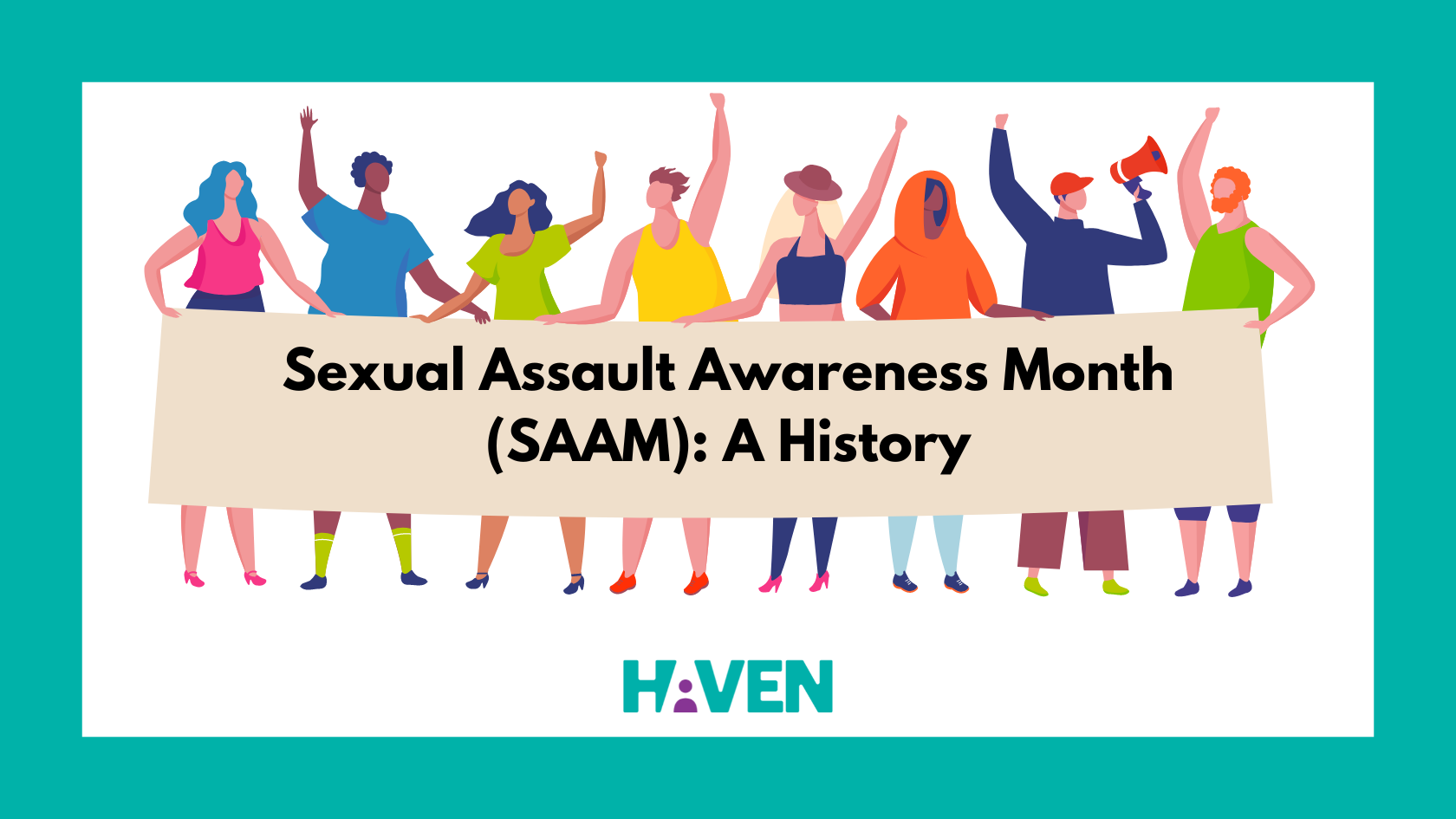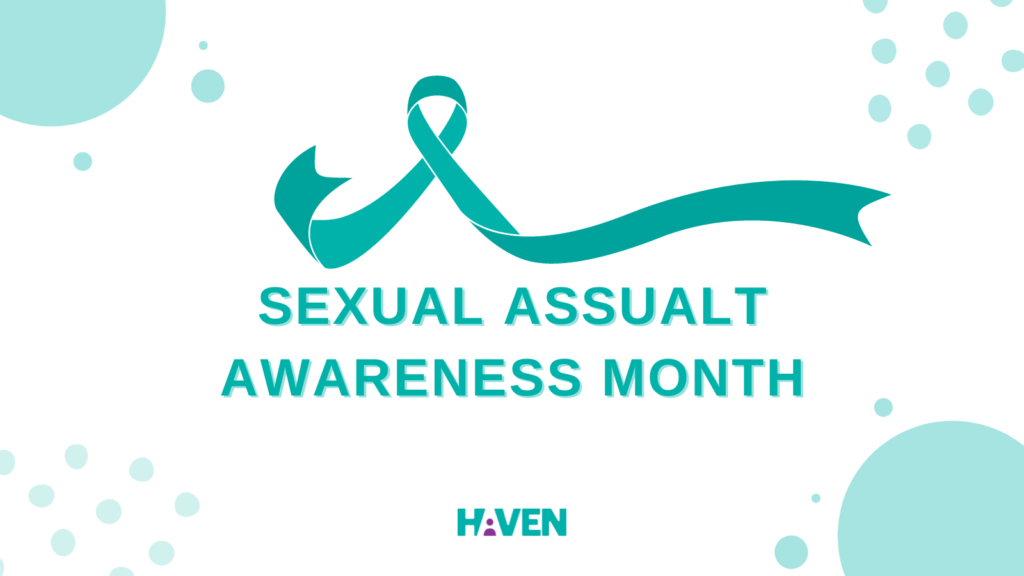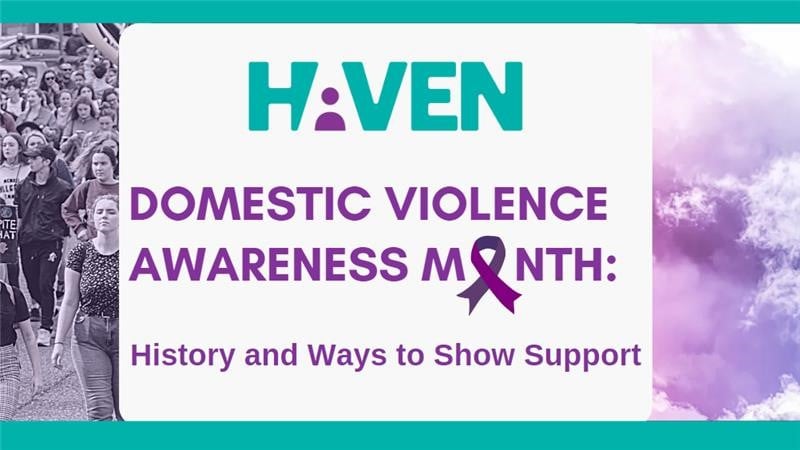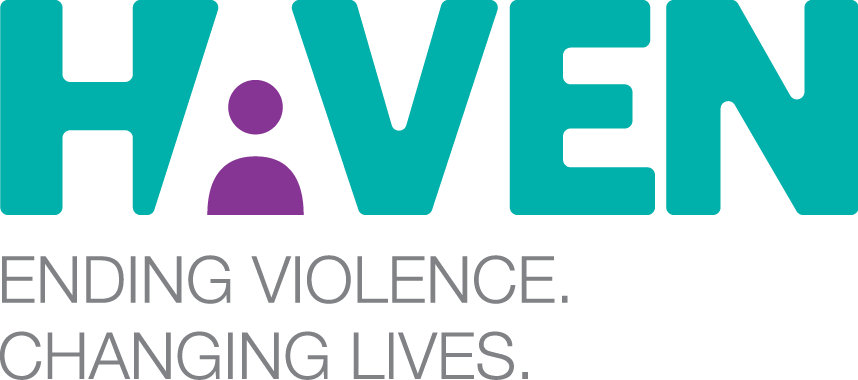
Sexual Assault Awareness Month (SAAM): A History
- hvadmin
- April 13, 2023
- New Hampshire Seacoast / Uncategorized / Supporting Survivors / New Hampshire Sexual Assault Support Services Hist / SAAM / New Hampshire crisis Center / New Hampshire History
- 0 Comments
Sexual Assault Awareness Month (SAAM): A History
By Maya C.
Since it was nationally recognized in 2001, April has marked Sexual Assault Awareness Month (SAAM), sparking month-long campaigns to increase awareness, prevention, and support for sexual assault survivors. This post will explore the roots of sexual violence awareness movement, HAVEN’s history, and how we can all do our part to advocate for a future without violence.

History
Anti-violence movements, especially those pertaining to gender-based violence can be traced back centuries. Women led the temperance charge (prohibition) to prevent domestic violence (PBS, 2023). This was under the false pretense that alcohol consumption directly caused social problems and interpersonal violence. For more myths and facts relating to interpersonal violence, consider reading our blog post DVAM: Myths and Facts.
The anti-sexual violence movement started gaining momentum as a conversation during the Civil Rights Era. Women of color led the conversation with activists like Rosa Parks advocating against violence against women (NSVRC, 2023). Social activism on the subject of gender-based violence continued and led to the first rape crisis center, Bay Area Women Against Rape, being founded in San Francisco in 1971 (Pecoraro, 2020). The next 5 years saw a nationwide expansion of opening crisis centers with an estimated 400 centers opened (Pecoraro, 2020). In 1978 the first Take Back the Night occurred in San Francisco, sparking nationwide protests and marches to continue for decades (Adeyemo, 2022).

Eventually, national coalitions came together to select a month and color to highlight sexual assault prevention and awareness efforts. April and Teal were selected and SAAM has been recognized by the National Sexual Violence Resource Center (NSVRC) since 2001. However, it wasn’t until 2009 that President Obama recognized April as Sexual Assault Awareness Month (Obama, 2010).
The anti-violence movement was largely spearheaded by women of color, specifically black women leading the charge against gender-based violence and creating the framework for what we consider “intersectionality”. Thanks to their relentless efforts and demands for justice, SAAM and support systems for survivors continue to progress.

HAVEN and “SASS” — Sexual Assault Support Services
In 1975 a group of women came together to form a Women’s Resource Center (WRC) in Portsmouth. The Women’s Resource Center set up support programs for other women, and in-home informational meetings and grew through personal referrals, word-of-mouth, and newspaper articles. The NH Charitable Trust put their faith in the group with seed money, and they did all this from a small space on the second floor of a horse barn in Portsmouth!
In 1979 the Women’s Resource Center was incorporated as a nonprofit. At this time, legally, rape did not exist. It wasn’t until the mid-1970s that marital rape was acknowledged as a crime at all. Changing public policy and laws that further impeded access to legal services for survivors became an important part of the WRC.
In 1984 the WRC became a member of the NH Coalition Against Family Violence, now known as the New Hampshire Coalition Against Domestic and Sexual Violence (NHCASDV). To adapt to the discussion of everyone being affected by sexual violence, not just women, the WRC evolved into Sexual Assault Support Services (SASS) in 1991. Initially, SASS served survivors in Rockingham, Strafford, and York counties as a 24-hour crisis hotline, staffed by one part-time staff member responsible for training all volunteer advocates. To this day, support and accompaniment services remain central to our agency and mission. Within the first year of the name change, calls to the hotline went up 150%.

Recognizing that prevention education was necessary to end the cycle of violence in the community, SASS launched: “Safe Kids Strong Teens: Personal Body Safety and Violence Prevention Programs.” This program began in 1988 and has grown into a series of programs for students in grades K-12.
The age-appropriate, research-based, and interactive curriculum has been a valuable addition to schools’ life skills, health, and social and emotional learning programs that meet the NH Pupil Safety and Violence Prevention Act requirements. SASS educators brought Safe Kids Strong Teens programming to almost 11,000 students, teachers, administrators, and parent groups each school year, covering personal body safety, bullying, sexual harassment, consent, teen dating violence, and media literacy.
In 2010, SASS and A Safe Place moved to a shared office space at the Rochester Community Center on Wakefield St. By February 2012 they would be joined by local law enforcement, the Strafford County Attorney’s Office, NH Legal Assistance, NH Pro Bono Attorneys, and Rochester Child Care to form the Strafford County Family Justice Center.
In 2014 SASS and A Safe Place announced a merger of their two agencies and services to better serve victims of sexual and domestic violence. The combined agencies rebranded with a new name and logo, HAVEN, in October 2015, and all services remain intact and operational. The merger meant HAVEN increased its capacity to serve all survivors, especially those experiencing multiple forms of abuse. It has also meant that HAVEN is better able to create innovative solutions to complicated problems.
HAVEN serves 48 cities and towns in Rockingham and Strafford counties. We serve a population of around 429,000 residents of Southern New Hampshire. This represents nearly one-third of New Hampshire’s total population. HAVEN is the largest nonprofit agency providing services and prevention education to those impacted by domestic and sexual violence in the state of New Hampshire.

Ending Violence. Changing Lives.
There are numerous ways to make an impact in your community and support survivors. HAVEN’s strong volunteer program encourages all to apply and utilize their skills to support our organization and mission.
Volunteer:
-
-
- Advocacy – To become an Advocate, you are required to complete a 35-hour training that will prepare you to provide confidential crisis counseling, support, and advocacy. Through training, you will learn how to actively listen to client’s needs, appropriately support them during a crisis and connect them with the resources that best meet their needs. You will also be trained to help identify and examine the survivors’ options. You are not required to have any previous training in crisis work, only a strong desire to help those in need of services, an ability to “think on your feet”, and a passion for making a difference for survivors.
- Outreach – As an Outreach Volunteer, also known as a HAVEN Ambassador, you’ll represent us at fairs and festivals and help distribute our materials to businesses and community partners. Each month we focus on distributing our materials to a specific targeted group– such as gyms and fitness centers in January, hair & and nail salons in July, and pediatricians in October
- Educator – HAVEN serves elementary, middle, and high schools in 48 towns/ cities and sees roughly 15,500 students and teachers annually. Prevention Educators play a unique role—there is an impact on the children, the parents, the teachers, and the schools as a whole. Volunteer Educators will focus on classroom-based K-4 elementary programs with puppets. Sign up to co-facilitate a minimum of 4 full school days per month. Prevention Educators will offer guidance and supervision in the classroom.
- Mentor – Pathways Volunteer Mentors Program Pathways Mentors have the amazing opportunity to become a significant part of a child’s life and make a life-changing impact. We focus on creating hope and healing-centered pathways through collaborative, trauma-informed care for youth ages 7-11 who have been impacted by trauma to believe in themselves, in others, and in their dreams.
-
HAVEN is also always looking for sponsors for our two signature events, Kids Are Our Business Breakfast – KAOBB (Coming up April 14th); and Changing Lives taking place in October.
Attend the event we are hosting with Safe Haven Ballet and the Seacoast Rep Theater on April 24th. All proceeds will go towards our necessary services for the NH seacoast! Buy tickets today!
Donate to HAVEN directly, support our shelter’s wish list, or read our post about donating gift cards and the impact it has on our clients’ lives.
Follow our social media to keep up to date with HAVEN! Facebook, Twitter, Instagram, YouTube, and LinkedIn.
Subscribe to our newsletter to hear quarterly about HAVEN’s programs and updates.
For more information about SAAM check out https://www.nsvrc.org/saam/history
HAVEN offers support, information, and access to area resources to anyone impacted by sexual violence, domestic abuse, stalking, and/or human trafficking. Anyone can access HAVEN advocates 24 hours a day, seven days a week, for support through our hotline 1 (603) 994-SAFE. Not comfortable using the phone? We also now have a “chat with an advocate” via our website where during our office hours, Monday-Friday, 9 AM – 4 PM, you can use an instant messaging feature to talk with an advocate at https://havennh.org/! Reach out at any time. We are here to help.

References
Adeyemo, E. (2022, April 27). What is the history of Sexual Assault Awareness Month (SAAM)? Leda Blog. Retrieved March 30, 2023, from https://www.leda.co/blog/what-is-the-history-of-sexual-assault-awareness-month-saam
Martin, D. (September 5, 2016). “Phyllis Schlafly, ‘first lady’ of a political march to the right, dies at 92”. The New York Times. Retrieved from https://www.nytimes.com/2016/09/06/obituaries/phyllis-schlafly-conservative-leader-and-foe-of-era-dies-at-92.html
Obama, B. (2010, April 1). Presidential Proclamation – National Sexual Assault Awareness Month. National Archives and Records Administration. Retrieved from https://obamawhitehouse.archives.gov/the-press-office/presidential-proclamation-national-sexual-assault-awareness-month
NSVRC. (2023). History of sexual assault awareness month. National Sexual Violence Resource Center. Retrieved from https://www.nsvrc.org/saam/history
PBS. (2023). Prohibition. PBS. Retrieved from https://www.pbs.org/kenburns/prohibition/roots-of-prohibition
Pecoraro, A. (2020). A history of sexual assault awareness month. NWA Center for Sexual Assault. Retrieved from https://www.nwasexualassault.org/a-history-of-sexual-assault-awareness-month
You Might Also Like

Together We Act, United We Change (SAAM)

October – Domestic Violence Awareness Month: History and Ways to Show Support


